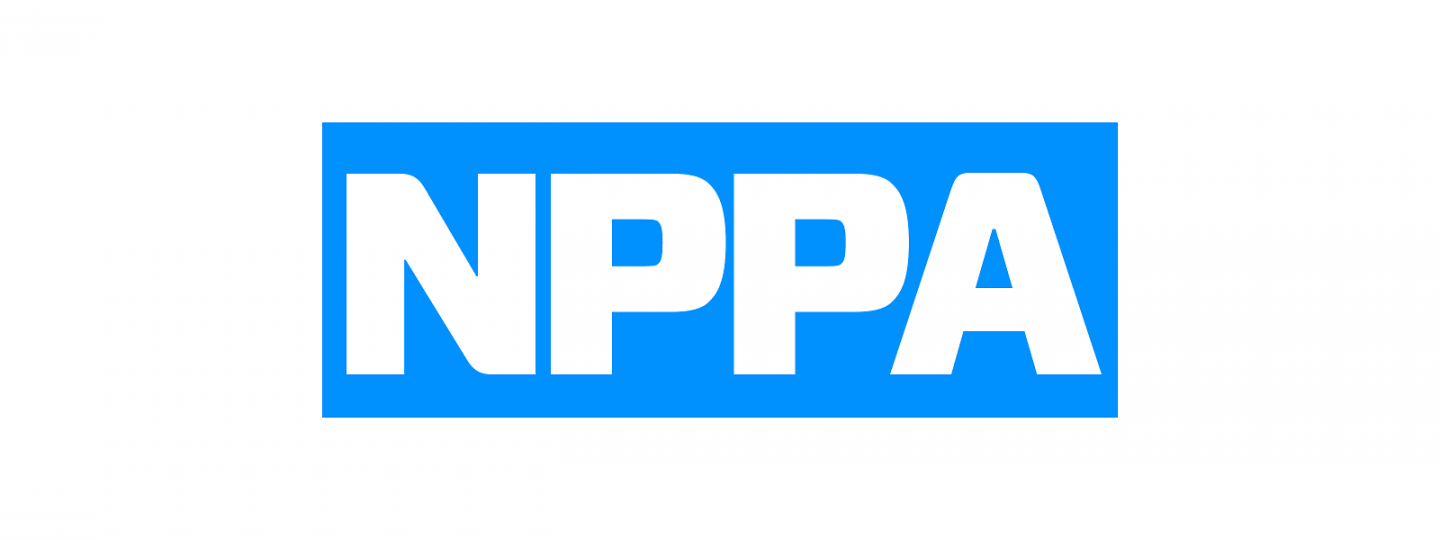As the leaders of the National Press Photographers Association (NPPA), Associated Press Photo Managers (APPM) and The Kalish Visual Editing Workshop, we represent thousands of visual journalists, photo editors, educators and newsroom leaders. We join them in profound disappointment in The Poynter Institute's recent article that casually advised journalists to select free stock photos for their articles. We are not here to further beat up Poynter and the authors or repeat excellent rebuttals that have already been made. We are here to further elevate this conversation to the level that journalism needs.
Let's start where we can agree: Photography is valuable.
A great image captures attention. It can inform, enlighten and evoke an emotional response. In print, broadcast, online, and on social media, images have the power to draw people into a story and multiply its impact. That power is awesome and has quantifiable value.
The Poynter article dismissed and degraded the power of authentic visual journalism. It recommended that the solution to illustrating news stories was to find free stock images online via a handful of dubious photo sharing websites. The authors carelessly glossed over the potentially serious legal and ethical consequences of using such content.
To understand how damaging this practice can be, please consider:
● Photos are sometimes offered for free by those who don't have the legal right to distribute them. This has snared plenty of news organizations. The most dramatic example was when trusted wire services were found liable for copyright infringement to the tune of $1.2 million for distributing photos without permission. This can and does happen on "stock" photo and Creative Commons sites, too.
● By not licensing images from a reputable visual journalist or other trusted contributors, one runs a far greater risk of obtaining an image that has been manipulated, has a caption that is inaccurate or misleading, or passes off a staged moment as genuine. At a time when credibility is a news organization's greatest asset, this cost is significantly higher than a budget for photography.
● Not fully considering the interaction between an image and the story may lead to a false implication about the subject. This could be grounds for defamation or false light claims. Again, this can damage a publication's credibility and reputation. Brush up on NPPA's Code of Ethics. Use it as a guideline in your newsroom.
● The most recent eye-tracking studies — commissioned by NPPA and published jointly with Poynter — have shown that the quality of photos matters, and that audiences can overwhelmingly distinguish between professional and amateur images, spending more time with the professional ones. It's not good enough to simply have a photo with your story. The content of images and captions matter.
● There is a cost to producing good visuals, just as there is a cost for good writing. If the photography is valuable for your purposes, newsrooms should be willing to pay for it.
Using photographs from unverified sources erodes our credibility as truth-tellers. Publishing photographs as mere "art" elements to accompany stories fails to view journalism as a multidisciplinary practice that relies on the pairing of visuals and words to impact our audiences in meaningful ways. Placing little or no monetary value on the images we use further erodes photographers' livelihoods and threatens the long-term viability of the photojournalism profession and, more broadly, journalism itself.
We recognize the pressure to include visual content with all stories. We are acutely aware of the challenge that plummeting newsroom staff levels place on our ability to respond to these pressures. The jobs of our visually-talented colleagues have been disproportionately cut from the industry.
Those who remain are marginalized from these conversations and the Poynter article is a striking reminder of this fact. Experienced visual professionals needed to be consulted before publication. Had they been, the errors in its teaching could have been corrected long before publishing.
Newsrooms and other media operations need guidance and solutions on this issue now more than ever. We are calling on Poynter, publishers, station managers, editors and others to regularly seek out experienced visual leaders. Hire us. Promote us. Include us. Doing so will bring a diversity of thought into the dialogue of news coverage and it will make reporting stronger. Voices of experience exist within our proud organizations, and we stand ready to assist. We need your help as much as you need ours to better utilize visuals for our audiences.
We need to talk about visuals being part of the discussion from the beginning of a story idea to publication and promotion. We need to talk about ways newsrooms can build and leverage their own archives to satisfy immediate needs, and how they can supplement the work of their talented visual journalists, which should always be the priority. We need to talk about ways newsrooms can better respect visuals as integral to the storytelling process.
Going forward, our organizations are resolved to facilitate these conversations and training opportunities in the interest of developing quality solutions for our common challenges.
Michael P. King, President, NPPA
Akili-Casundria Ramsess, Executive Director, NPPA
Jeremy Harmon, President, APPM
Kathy Kieliszewski,Vice President, APPM
Danny Gawlowski, Director, The Kalish
Sue Morrow, Board Member, The Kalish
Tom Kennedy, Exectuive Director, American Society of Media Photographers
Kenny Irby, Independent Consultant








